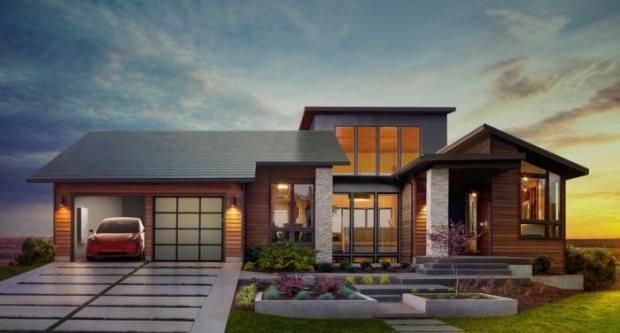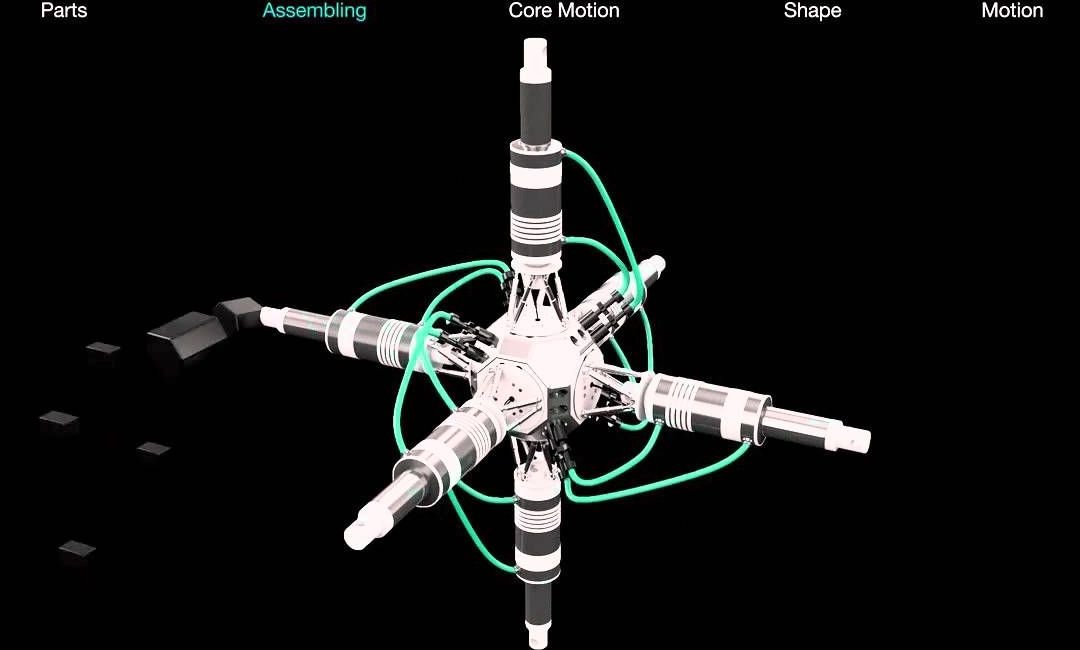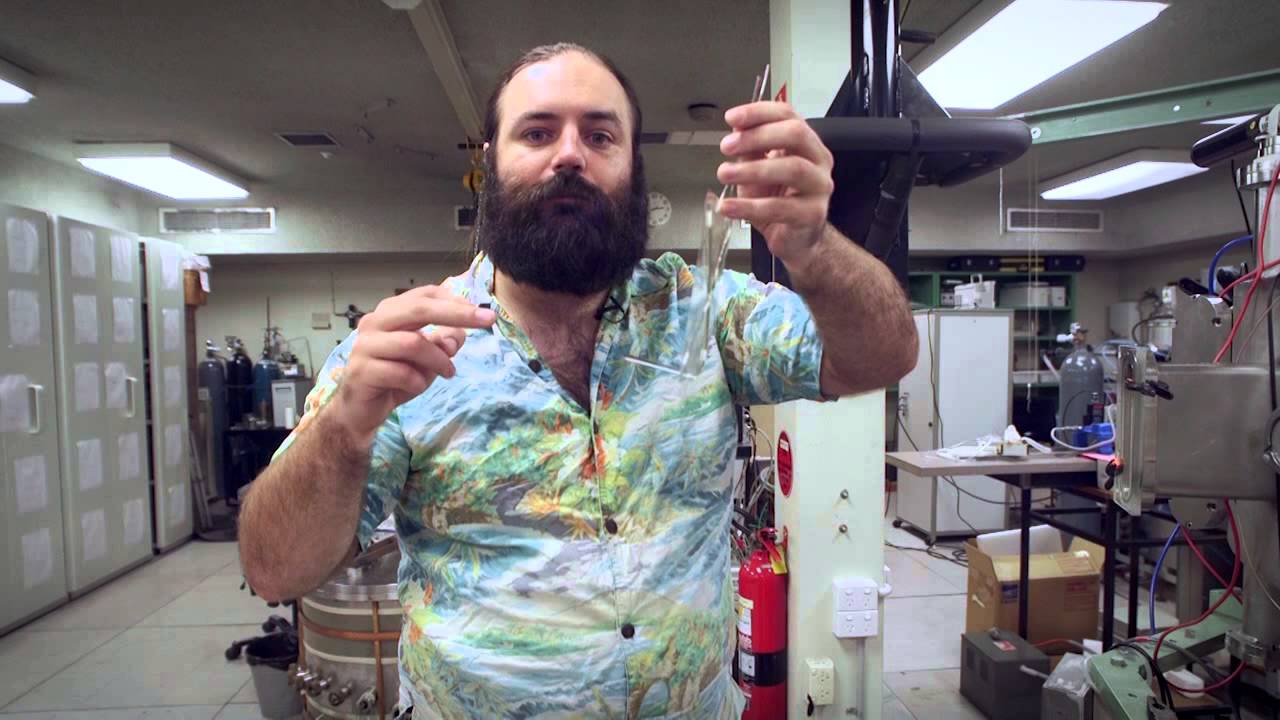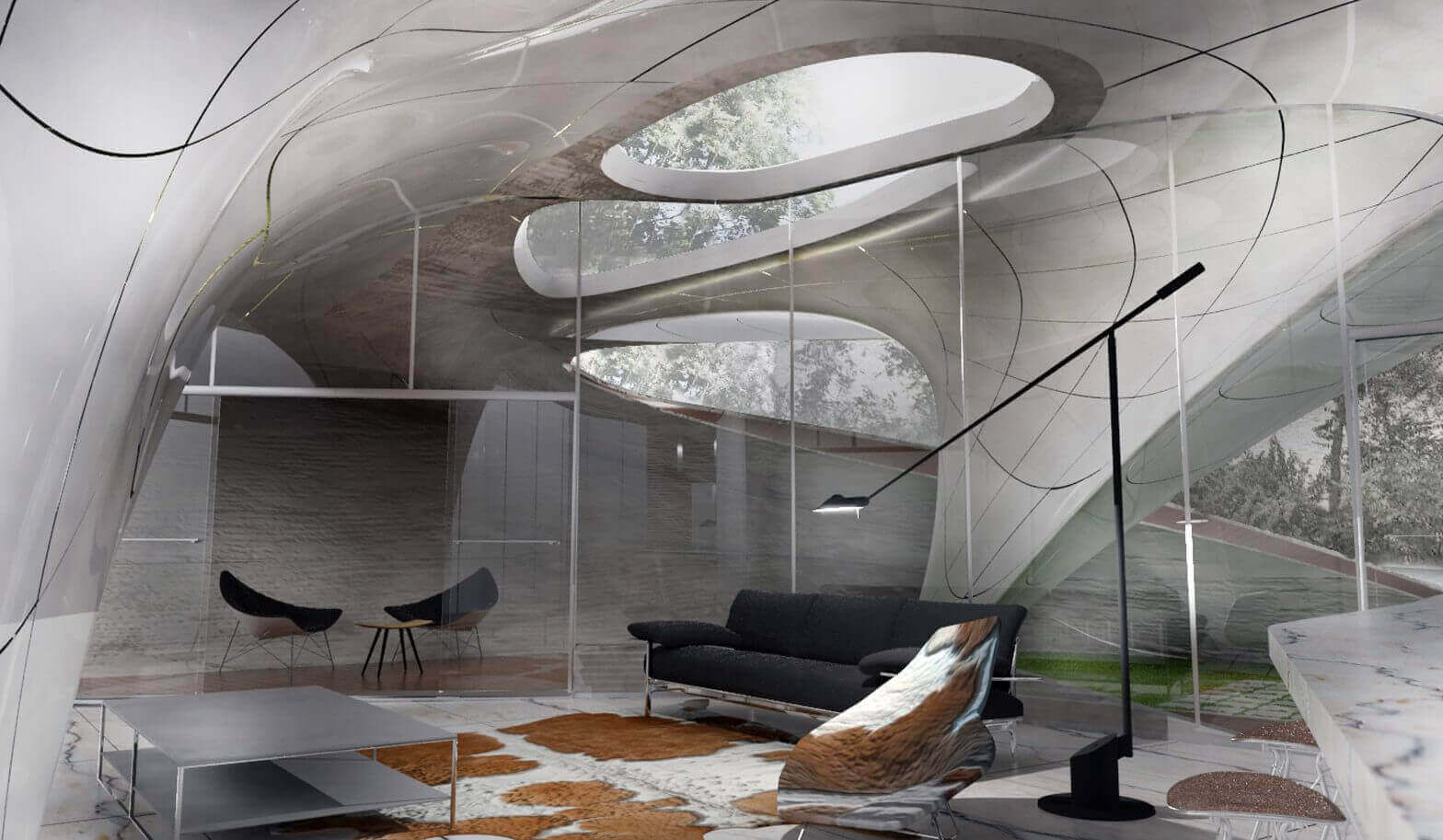Hold onto your butts solar aficionados, the next generation solar roof is coming, and it looks good. During a brief event Friday night, Elon Musk presented his plan to integrate solar roofs with Powerwall power packs. But that’s not all. On Saturday Musk expanded on his talk by explaining via Twitter that the new solar tiles would come with some pretty sweet features — more specifically, built-in defrosters.
Unlike the solar systems of the past, Tesla’s newly designed roofs will feature aesthetically pleasing, energy efficient glass solar tiles, that will replace a home’s roof rather than sit on top of it.
Harsh weather conditions — like snow and ice — are known for wreaking havoc on traditional asphalt shingles, but that’s not the case with Musk’s new design. The solar glass tiles are not only more durable, but are also packing specialized heating elements that work much like the rear defroster does on your car.









